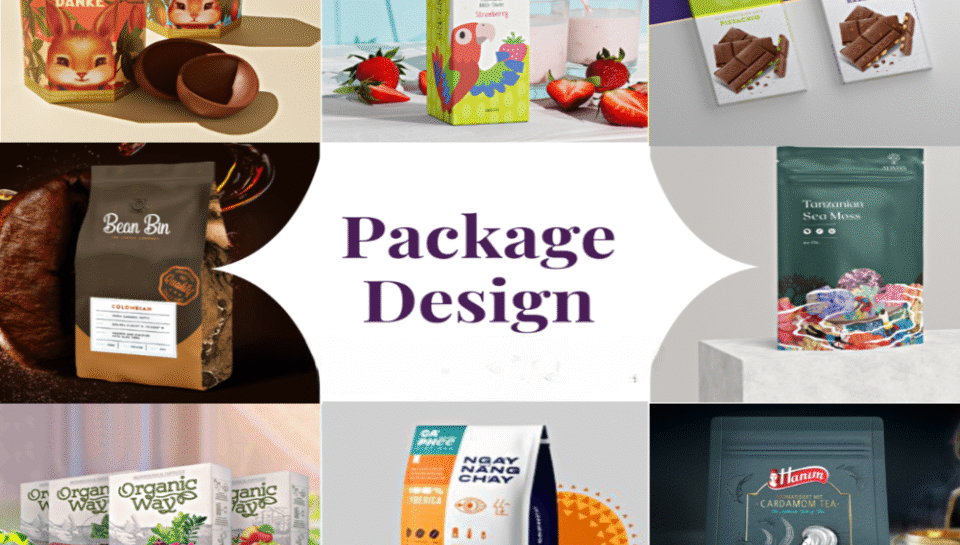
What are key elements of IT product package design in India?
Functional Protection and Durability
- Packaging must secure electronics like devices, drives, and accessories.
- Use of sturdy materials such as corrugated cardboard or molded trays.
- Anti-static liners or foam inserts are included for sensitive components.
- Moisture-resistant coatings help protect during transport and storage.
- Structural design ensures protection from drops and pressure.
Branding and Visual Identity
- Prominent display of brand logo, color palette, and typography.
- Clean, modern design language reflects tech-driven positioning.
- Consistent visual themes across outer and inner packaging.
- Matte, gloss, or soft-touch finishes enhance premium appeal.
- Taglines or mission statements reinforce brand narrative.
Clear Product Information
- Product name, model number, and key features are highlighted.
- Icons and infographics summarize specifications at a glance.
- QR codes or links direct users to manuals or support portals.
- Technical compliance marks like BIS or CE are included as required.
- Language is concise, professional, and easy to scan.
User-Friendly Unboxing Experience
- Minimal tape or seal for clean opening without damage.
- Step-by-step insert guides or welcome cards are included.
- Compartments are organized for accessories, manuals, and warranty slips.
- Peel-to-open, slide-out, or magnetic flap mechanisms are commonly used.
- Packaging reflects ease-of-use and product-first impression.
Eco-Friendly and Regulatory Compliance
- Use of recyclable or biodegradable materials is increasingly common.
- Packaging includes recycling symbols and material codes.
- Avoidance of over-packaging supports sustainability goals.
- Legal compliance with labeling norms and safety warnings is ensured.
- Certifications or environmental messages are clearly visible on the box.





